This is all one of those happy accidents, frankly: my institution is hosting a lecture on Hamilton Palace on May 21st, and I’d been discussing with a friend of the Library the possibility of loaning for display a pair of magnificent Thomas Annan prints of the Palace. The prints are part of a very interesting and intriguing collection of large-scale Annan albumen prints, secured into a folio bound in three-quarter green leather with watered silk boards and Turkey Mills paper carrying an 1851 watermark. That’s all for another day, but our conversation had brought up the market for original Annan work. It was while I was looking at recent prices that I came across the copy of the 1866 A.W. Bennett edition of Sir Walter Scott’s Marmion (illustrated by 15 Annan albumen prints) that I’m going to discuss here. (Marmion was a full-length Scott poem about the Battle of Flodden, an epochal Scots disaster and tragedy).
This edition was one of a small sequence of books published in 1860s London by A.W. Bennett each illustrated with a dozen or so albumen photographic prints. The best known of these is probably the 1863 ediiton of Sir Walter Scott’s The Lady of the Lake (1) which featured a title page vignette by George Washington Wilson and thirteen images by Thomas Ogle (not to be confused with the even more magnificent Edinburgh edition of the same year by Adam and Charles Black (2) which came with eight George Washington Wilson images). Marmion would follow in 1866 along with Photographs of Irish Scenery (3) in the same year featuring the work of John Hudson. Scotland, her songs and scenery : as sung by her bards, and seen in the camera (4) appeared in 1868, and across the whole period came the six volumes of Portraits of men of eminence in literature, science, and art, with biographical memoirs. (5)
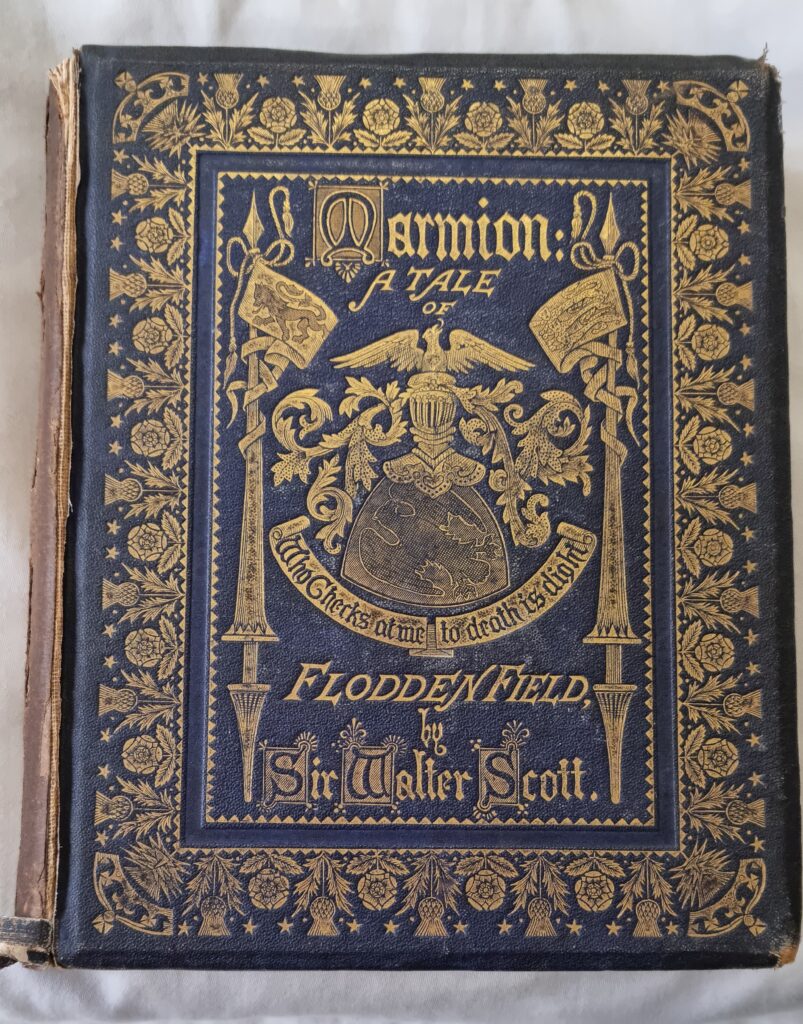
Marmion came in at least three binding options. Perhaps the most desirable now is the Mauchlinware binding, which claims to use wood from trees grown on the site of the Battle of Flodden. Bennett also issued copies bound in blindstamped green leather, and my copy is an example of the issue in blue blindstamped cloth. All three bindings are magnificent when complete, and it may be because the spine on my copy had suffered considerable damage that it was marked down in price. But marked down to £2? For something containing 15 original Thomas Annan photographic prints, at a date that might indicate the hand of the man himself in the printing process? Good historic photography is expensive: good copies of Marmion in cloth can fetch three-figure sums. These days references to “photographic incunabula” are usually in relation to daguerrotypes and calotypes, but Marmion is no. 323 in the great Helmut Gernsheim’s pioneering list Incunabula of British photographic literature : a bibliography of British photographic literature, 1839-75, and British books illustrated with original photographs (London 1984)(6) and it’s from Gernsheim that the term in my title here is derived.
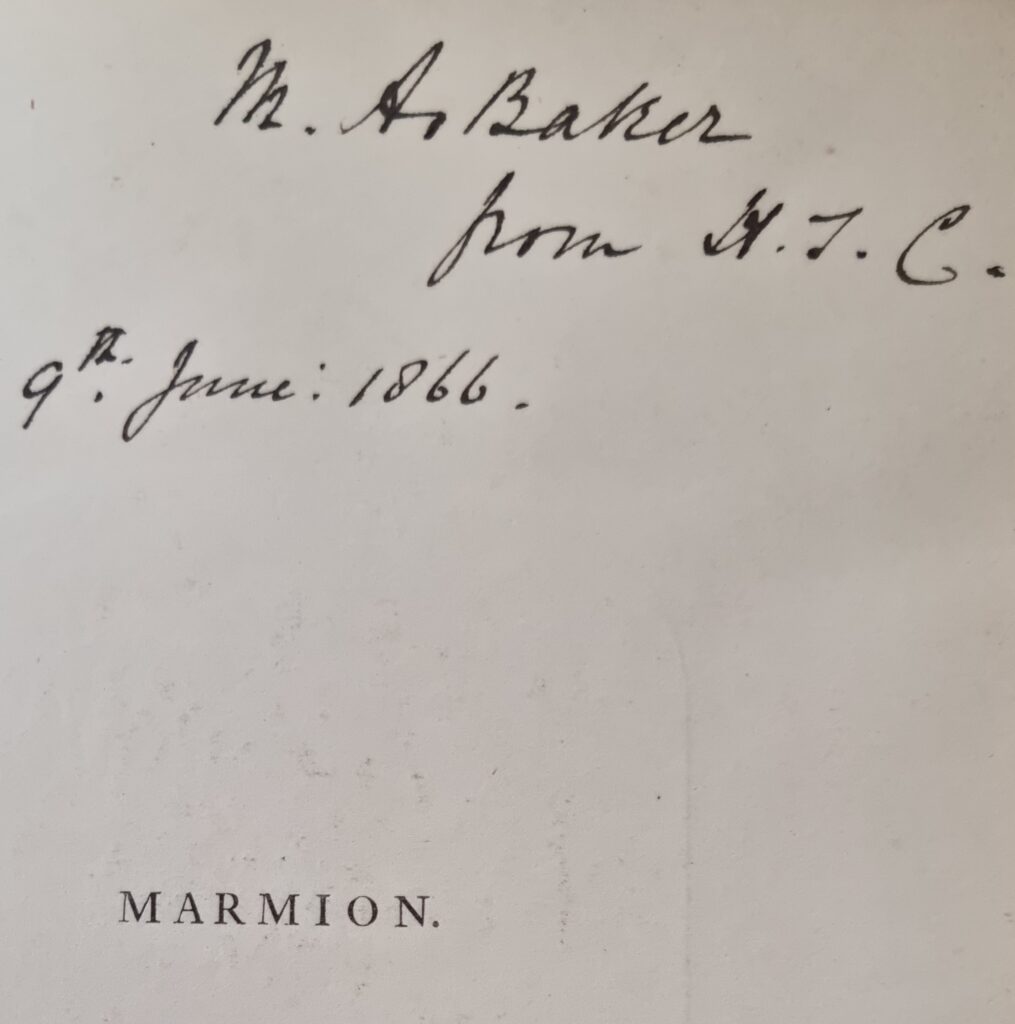
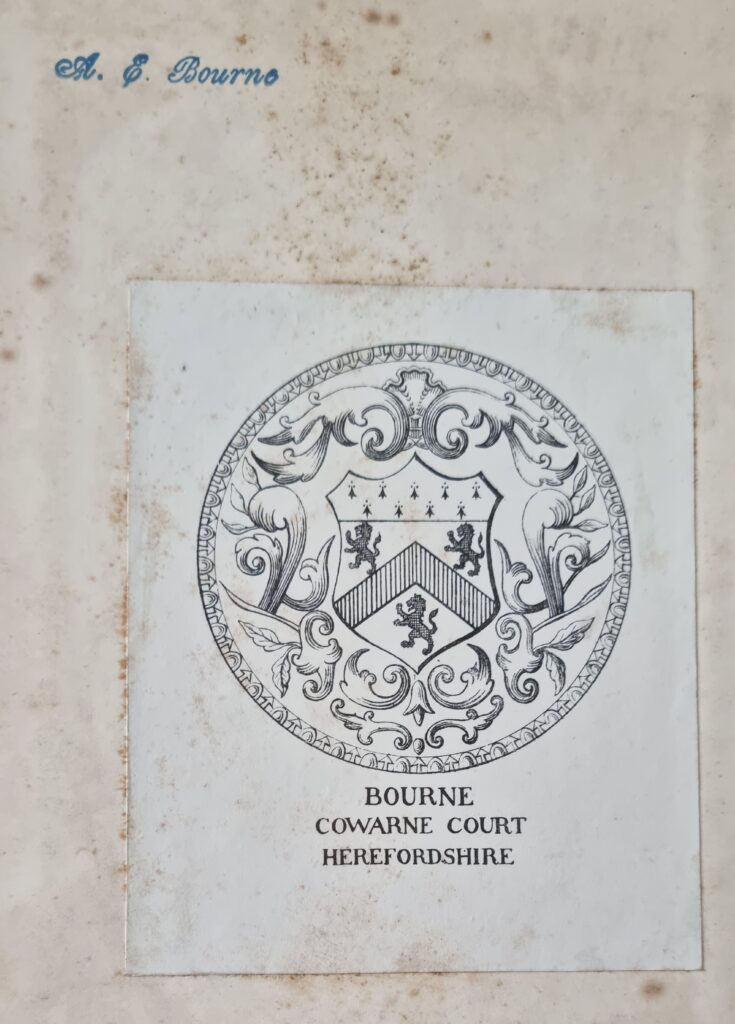
The copy has interesting provenance. I doubt I’ll ever identify the “M.A. Baker” or “A.J.C” who were involved in the book’s original gifting in June 1866. But the Bournes of Cowarne Court are altogether more tangible: Lieutenant-Colonel Robert Bourne Robert Bourne purchased the Cowarne estate in June 1876, and after much rebuilding by the architect John Cotton, moved his family in in 1883. The stamp is that of his wife, Anna Eliza Bourne. The estate was made up of rich farmland, in cider country, and they’d remain until taxation forced sale after the Great War. Their library looks to have been a cultured and informed one – it included a manuscript volume of William Cullen’s lectures at Edinburgh in Pathology in 1772, now at the Bodleian Library, and the 1802 first edition of Barbour’s Tour Through South Wales and Monmouthshire. Robert and Anna’s daughter Ruth kept a diary of life at Cowarne, published as The Bournes of Cowarne Court Herefordshire as Seen Through the Eyes of Ruth Bourne in Her Diaries 1874 -1953 by Bromyard and District Local History Society in 2011. After the sale of Cowarne Court in 1921, it was demolished slowly and piecemeal, the last vestiges being dynamited in 1961.
Thomas Annan needs little introduction as the great photographer of Victorian Glasgow: his images of the slum areas are world famous, and with his firm’s archive newly arrived at the National Galleries of Scotland we can look forward to a renaissance in Annan scholarship. His is a fascinating and tragic story (he took his own life in mysterious circumstances in 1887), one with some unexpected fringe details (if Professor Robert Crawford is right (7), the great calotypist Robert Adamson was apprenticed to Annan’s father in Fife and the child Thomas would have been acquainted with the teenaged Adamson. Dr. Sara Stevenson has said (8) that the families were acquainted, and that the Annans were “distressed” by Adamson’s early passing). Annan’s work for “Marmion” came during his first great publishing efflorescence and coincided not only with his work photographing the ancient structures of the University of Glasgow before the railway forced their demolition and his immortal, technically-astonishing work in the Glasgow Closes but with the start of his friendship with David Octavius Hill (Annan produced the prints of Hill’s famous painting of the Disruption of the Church and took on Hill’s house and studio on Calton Hill when Hill left in 1869). Copies of Marmion are not hard to come by, and although producing large numbers of prints from the same negative wasn’t the same challenge it had been for Adamson in 1846 for A Series of Calotype Views of St. Andrews it’s still gratifying how few of the images show real signs of fading.
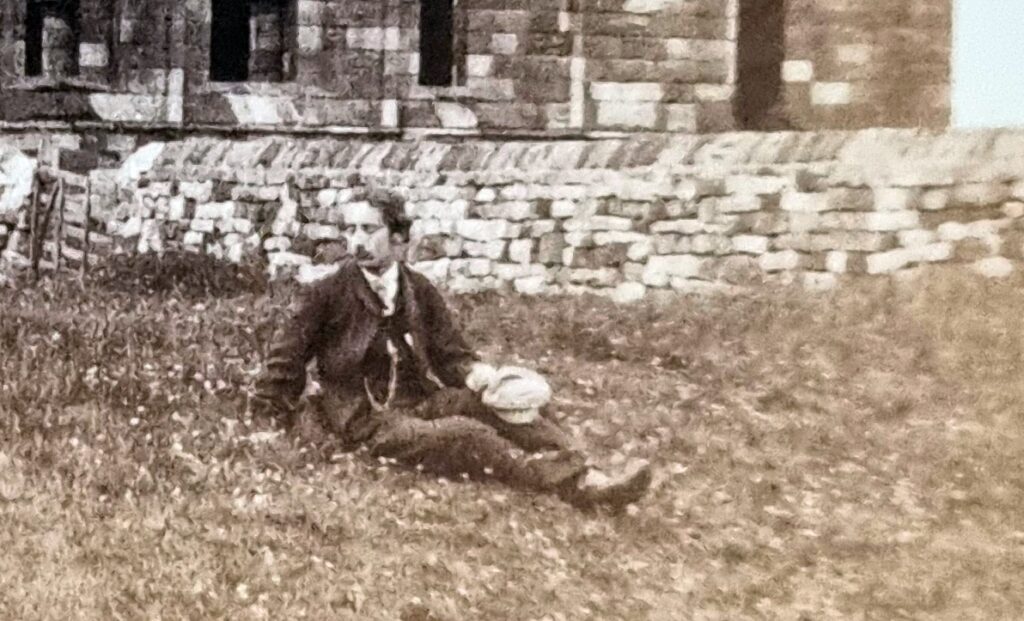
Not all of the Marmion images are raging masterpieces, but there are some genuinely fresh compositions here and some superb atmosphere. The image of the portico at Crichton Castle is the clear star turn, and the panoramic view of Edinburgh interesting (it’s one of the last pictures to show Canal Street Station before it closed in 1868). Very few of the images feature people, and the choice of the image of Whitby Abbey (the chap lolling at ease on the grass there) stands out as a result: the figures at the lochside in “Linlithgow Palace” are mere blobs by comparison. The gallery below shows them in book sequence.
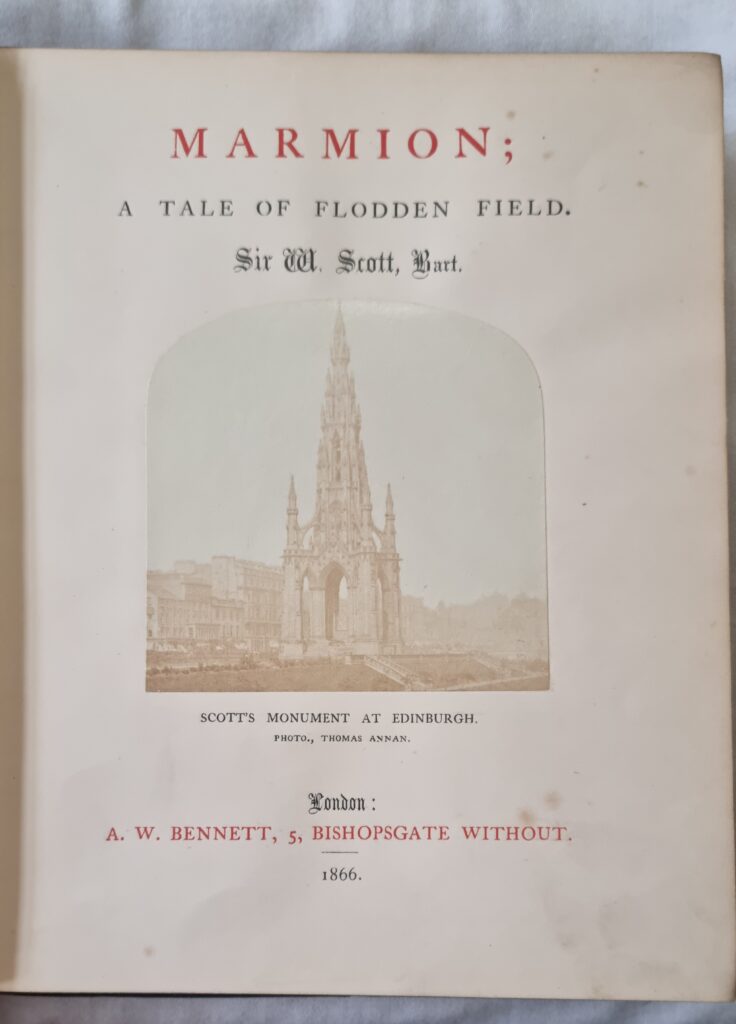
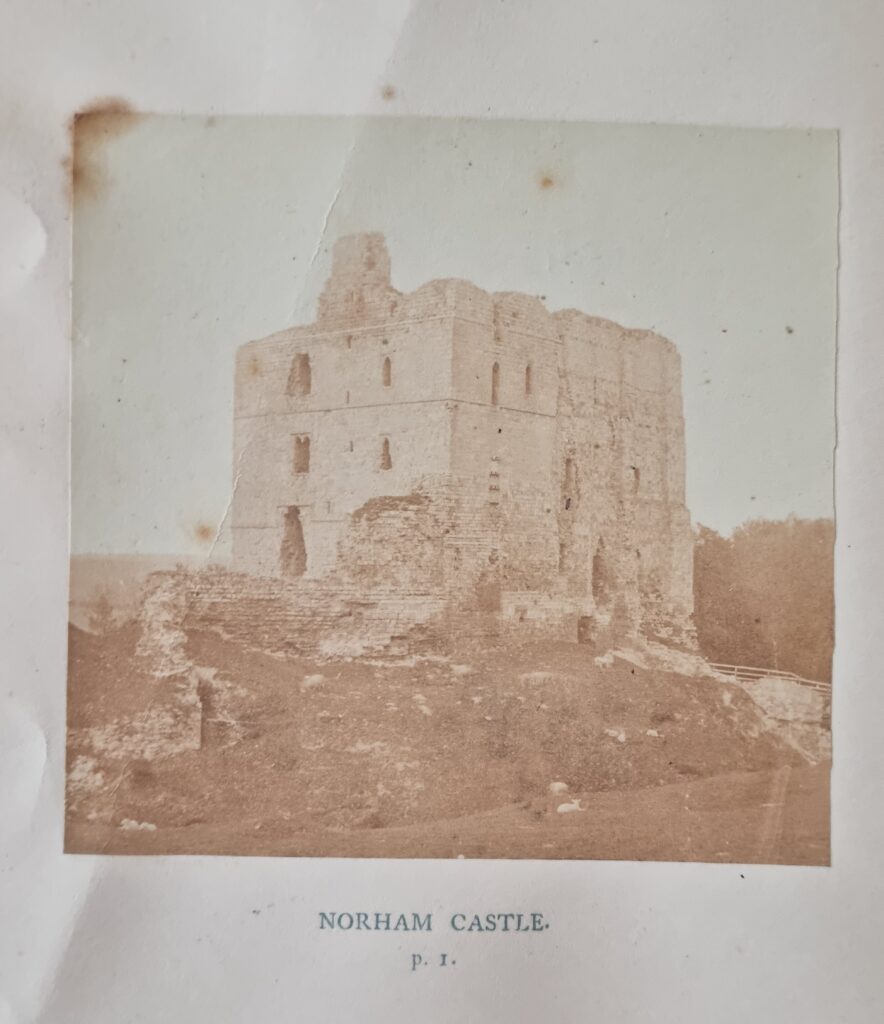
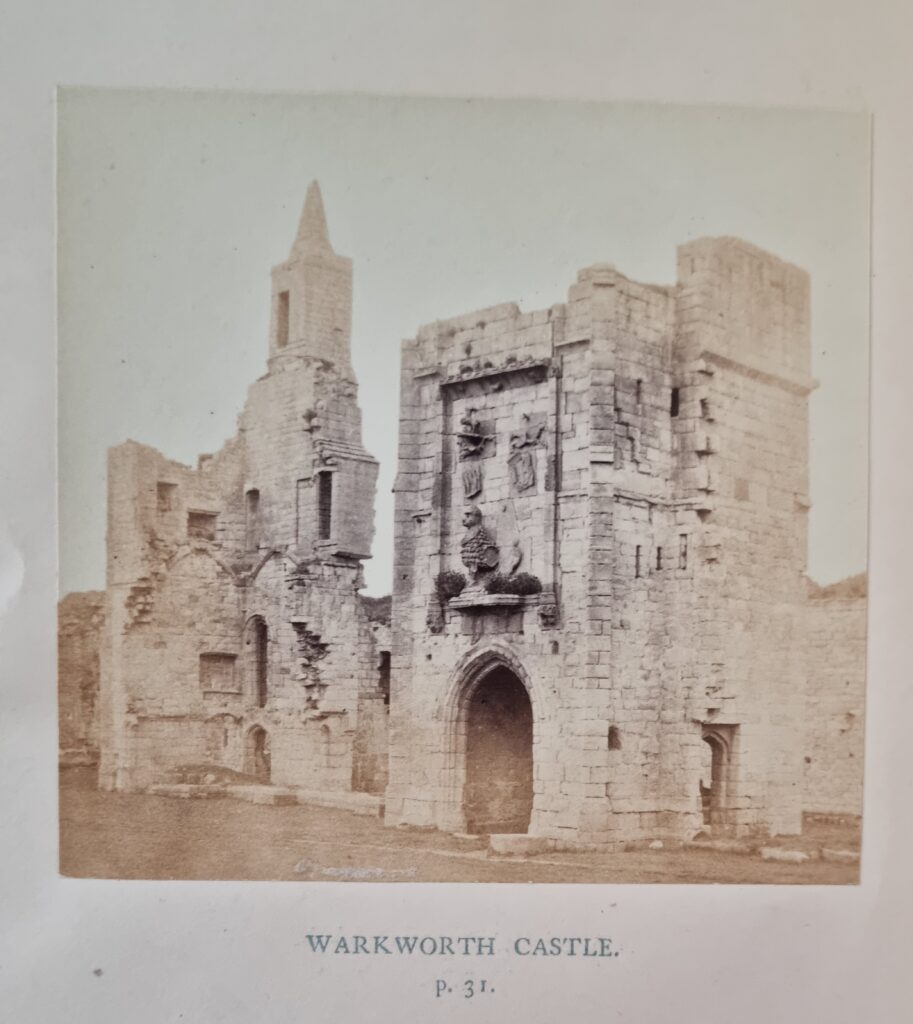
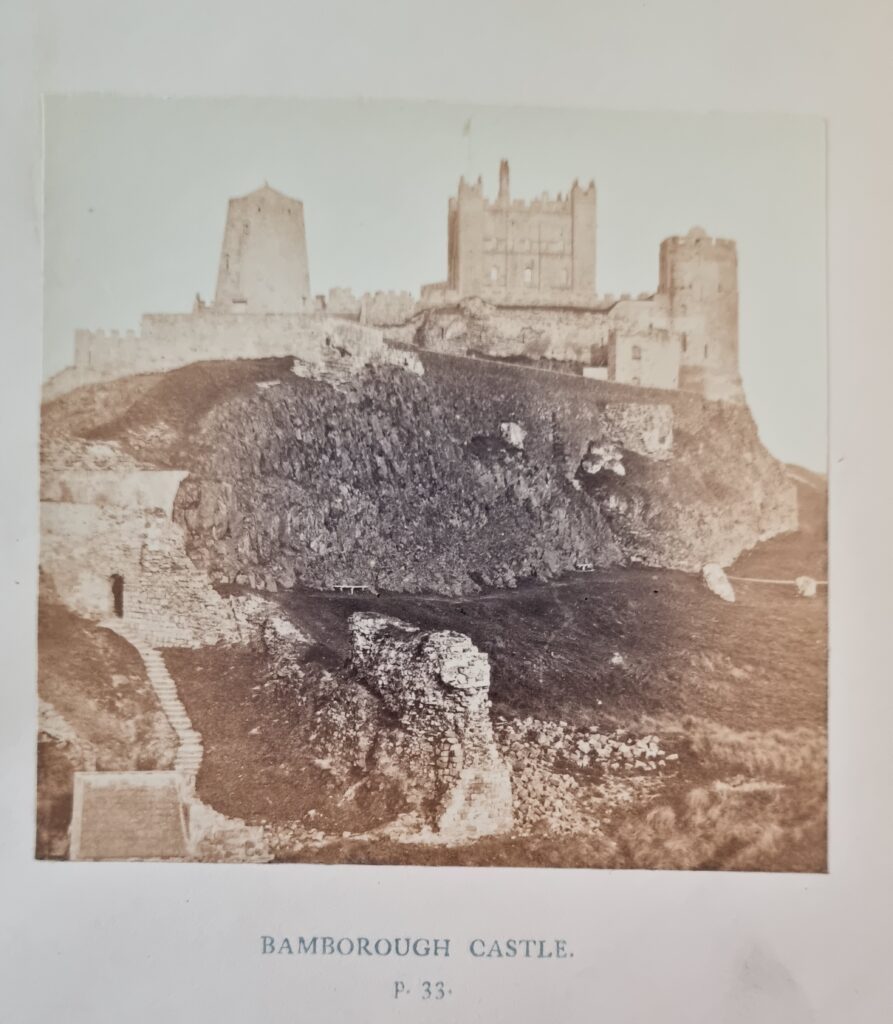
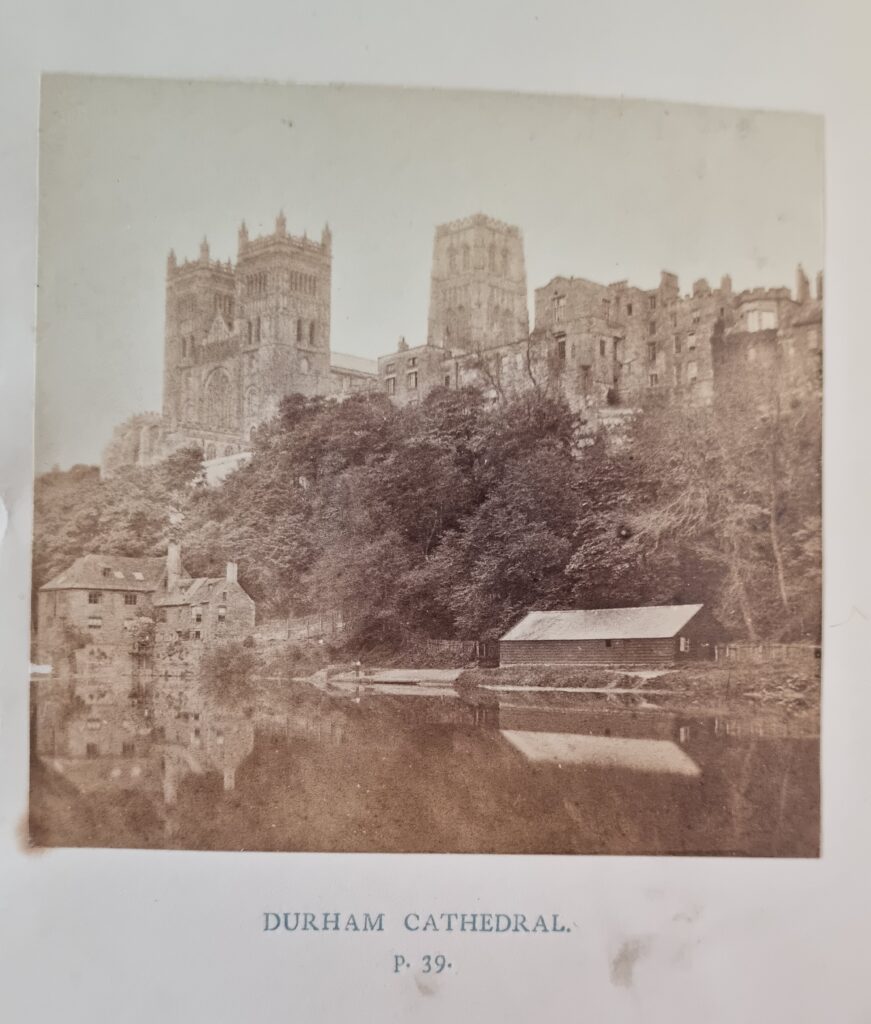
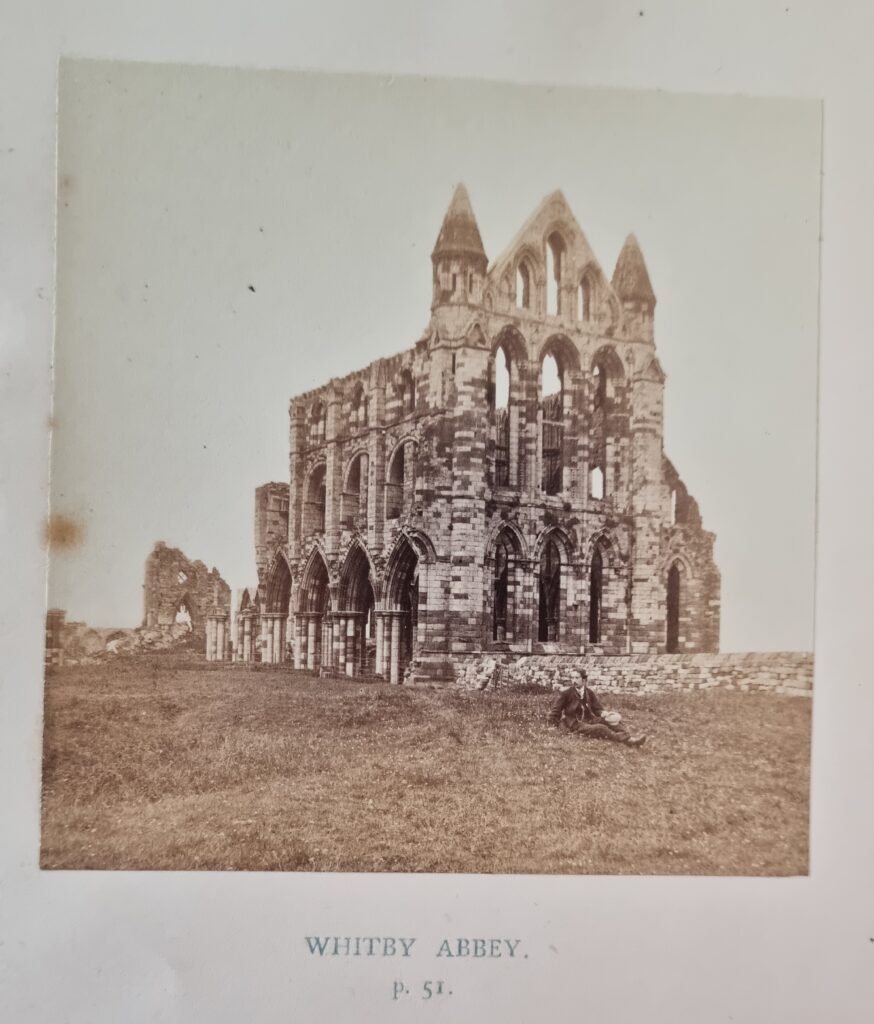
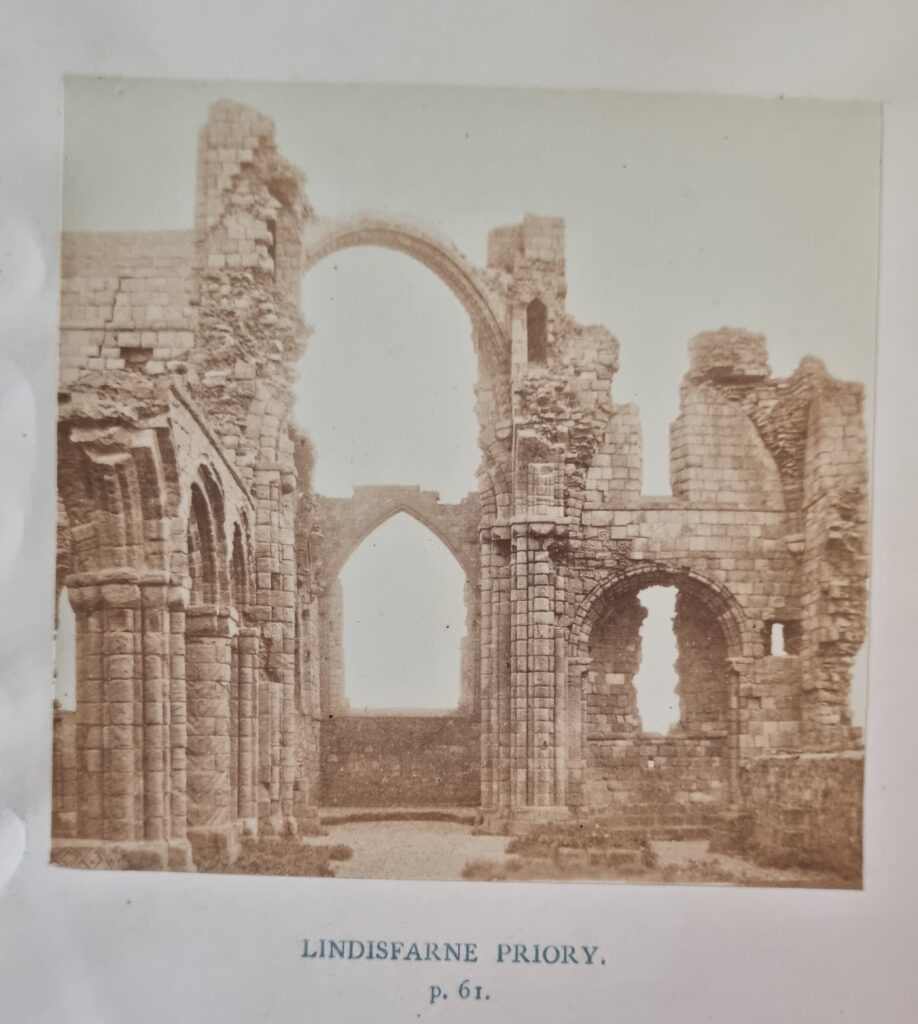

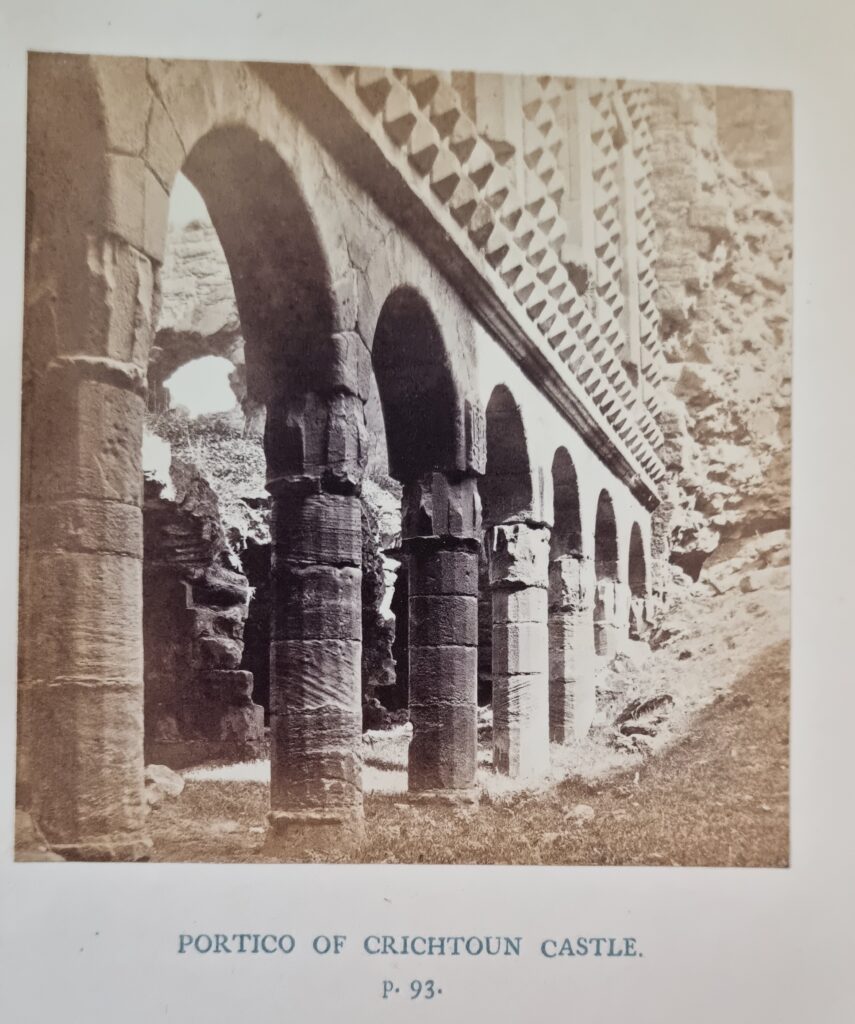

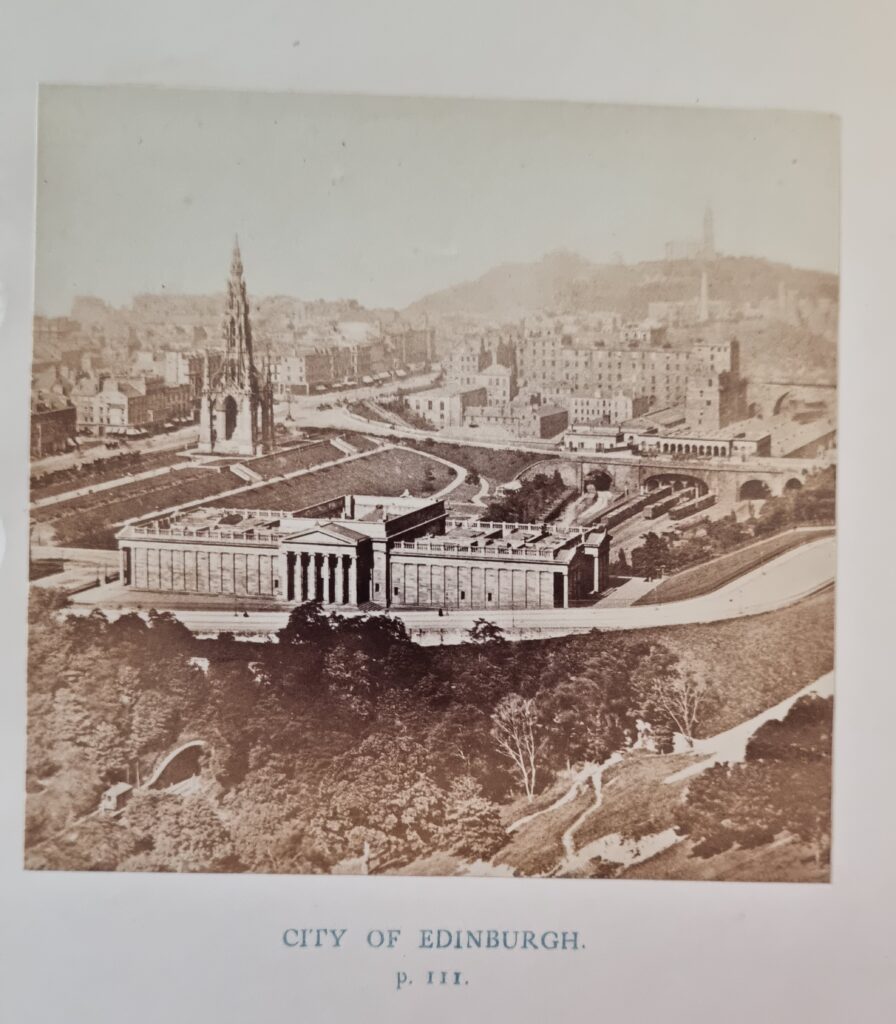
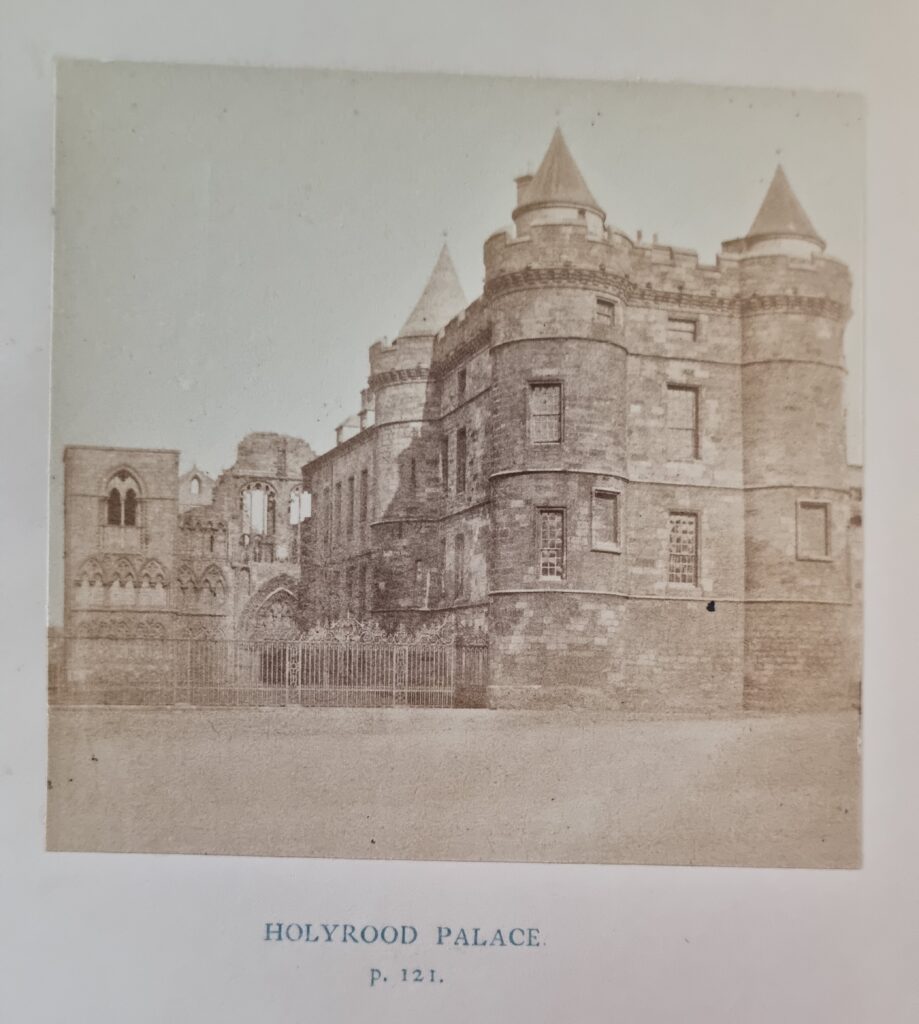
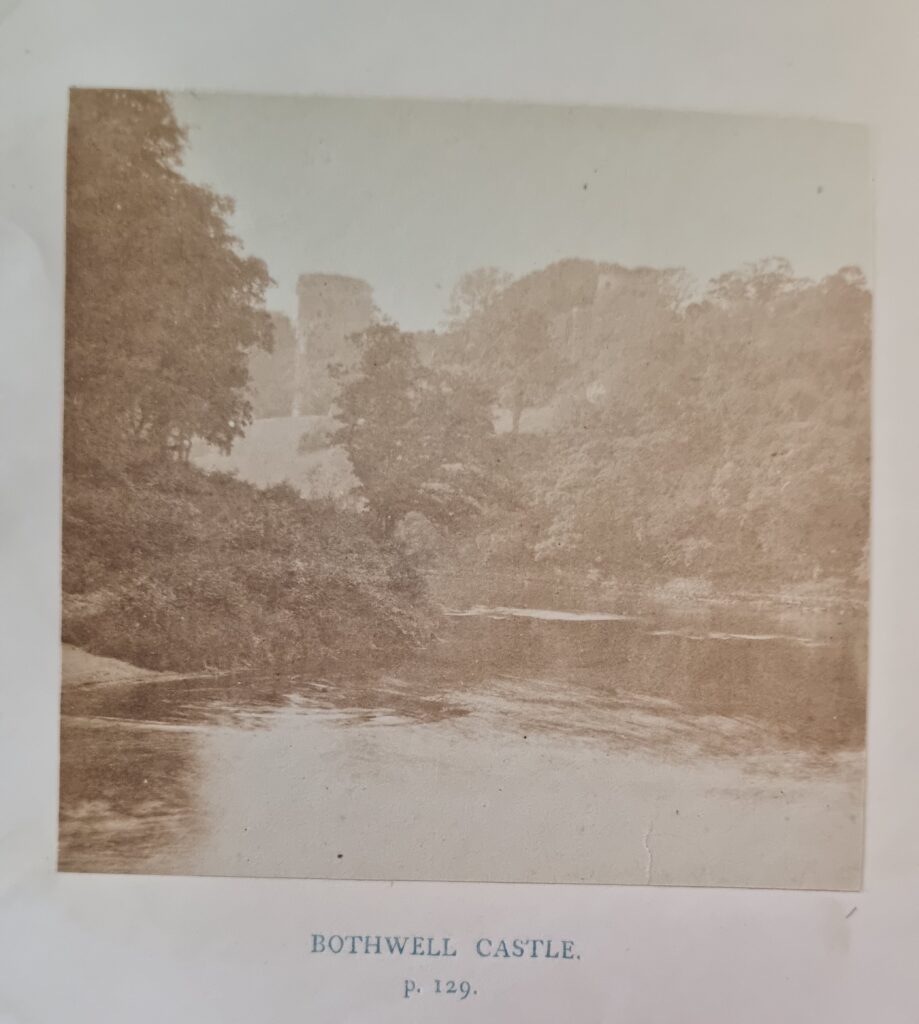
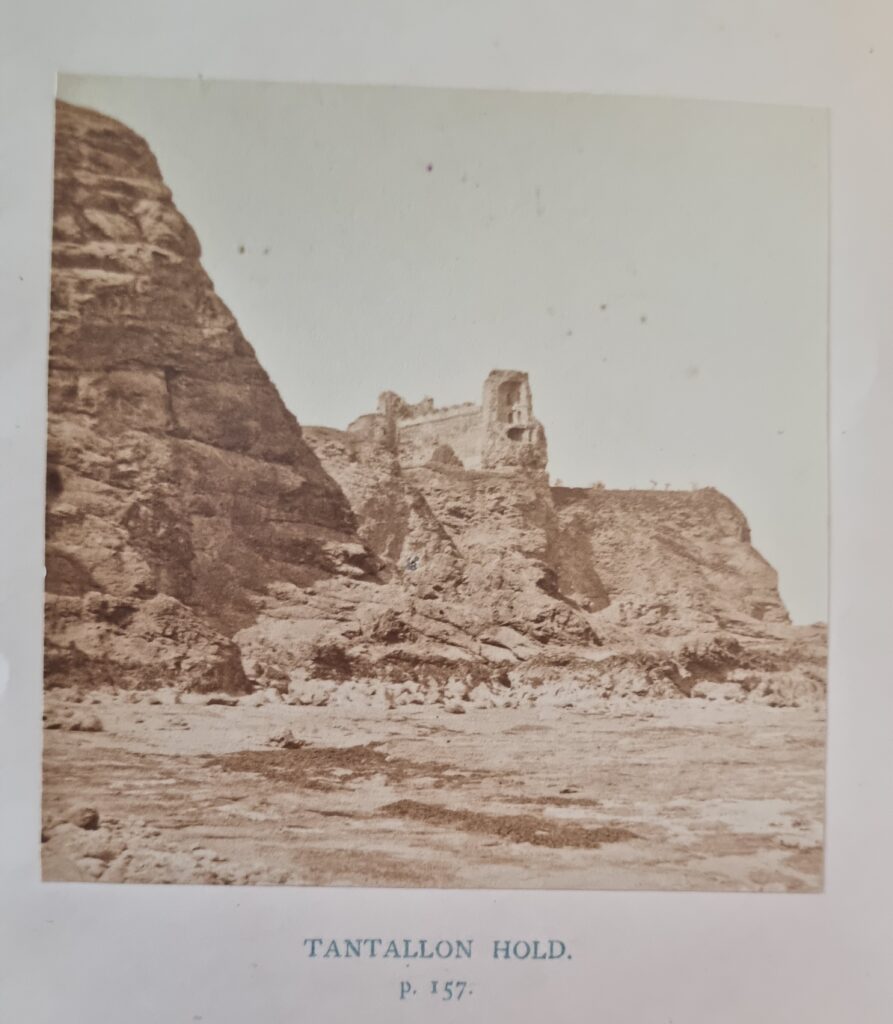
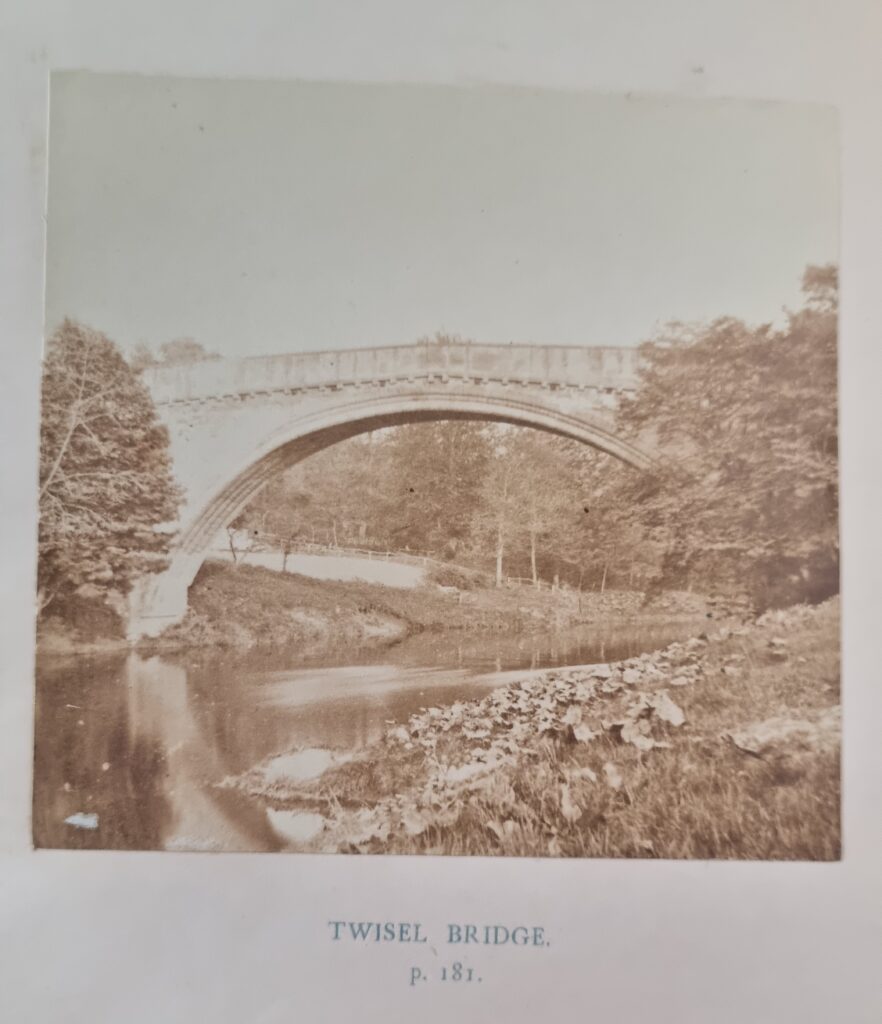
Further Reading
The classic Dover paperback of Annan’s Glasgow Closes is the traditional way in to his work:
Photographs of the old closes and streets of Glasgow, 1868-1877 : with a supplement of 15 related views New York : Dover Publications Inc. 1977
The best book on Annan is the superb (magnificently illustrated) but now somewhat expensive and inaccessible –
Sara Stevenson and Amanda Maddox Thomas Annan : photographer of Glasgow Los Angeles : The J. Paul Getty Museum 2017
Excellent and free to read online is Lionel Gossman Thomas Annan of Glasgow : pioneer of the documentary photograph Open Book Publishers 2015
References
(1) Sir Walter Scott The Lady of the Lake. [Photos by George Washington Wilson and Thomas Ogle] London: A. W. Bennett 1863
(2) Sir Walter Scott The Lady of the Lake. [Photos by George Washington Wilson] Edinburgh: Adam and Charles Black 1863
(3) Photographs of Irish scenery : with descriptive letterpress. [Photos by John Hudson] Dublin : Andrew Duthie ; London : A.W. Bennett 1866
(4) Scotland, her songs and scenery : as sung by her bards, and seen in the camera. London: A.W. Bennett, 1868
(5) Portraits of men of eminence in literature, science, and art, with biographical memoirs London: 1863-7 [vols 3-6 published A.W. Bennett]
(6) Helmut Gernsheim Incunabula of British photographic literature : a bibliography of British photographic literature, 1839-75, and British books illustrated with original photographs (London 1984)
(7) Professor Robert Crawford The Beginning and the End of the World: St. Andrews, Scandal and the Birth of Photography (Birlinn 2011) 144
(8) Dr. Sara Stevenson The Personal Art of David Octavius Hill (Yale University Press 2002) 48-49
